2025 Buyer's Guide - Choose the Right Weighted Bracelets
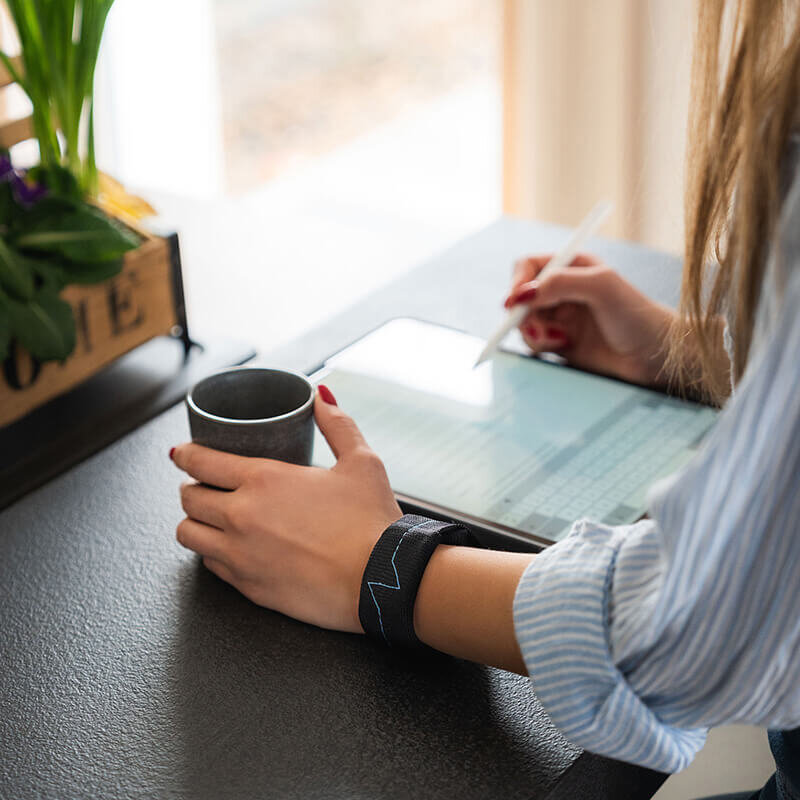
Weighted bracelets have become essential accessories for those who want to improve their physical condition, optimise their workouts or support rehabilitation. Easy to use and adaptable to different profiles, they allow you to add progressive resistance to everyday movements or targeted exercises.
This guide aims to help you identify the weighted bracelet model best suited to your needs, based on your goals, your practice and your budget.
For whom are weighted bracelets suitable?
They are available in models for the legs (ankle weights) and arms (wrist weights), and can be adapted to suit a range of profiles and needs:
- Amateur or experienced athletes: intensify their training by adding extra resistance to improve strength, endurance or motor control.
- People in rehabilitation: support the gradual resumption of physical activity, strengthen weakened muscles and work on mobility.
- Physical fitness fans: add gentle intensity to activities such as yoga, Pilates or brisk walking.
- General public: anyone who wants to increase their daily energy expenditure and strengthen their muscles in a simple and accessible way.
In summary, weighted bands are versatile tools that can be incorporated into both a fitness routine and a health and wellness programme. They are a practical solution for progressing at your own pace.
Questions to ask yourself before purchasing weight bracelets.
Before investing in weighted bracelets, it is essential to clearly define your needs. Here are the main questions to ask yourself to help you make your choice:
- What is my main goal?
Do you want to strengthen your muscles, improve your endurance, support your rehabilitation or simply increase your daily energy expenditure?
- How often will I use them?
Do you prefer to wear them occasionally (during a workout) or more regularly (every day, during simple activities such as walking with ankle weights)?
- Which area of the body do I want to target?
Wrist models are suitable for strengthening the upper body (arms, shoulders, neck), while ankle models work the lower body (legs, glutes, lower back) more.
- What weight is right for my level?
The weight depends on how you use them. If you wear them continuously, opt for light weights between 250g and 500g. If you wear them occasionally, start light and gradually increase the load according to your abilities and activity.
- How much am I willing to invest?
Prices range from entry-level (€10–40) to premium models (€115–150 per pair). It is better to invest in a quality model if you plan to use them regularly over the long term.
These simple questions will help you find the model best suited to your profile, ensuring satisfaction and frequent use.
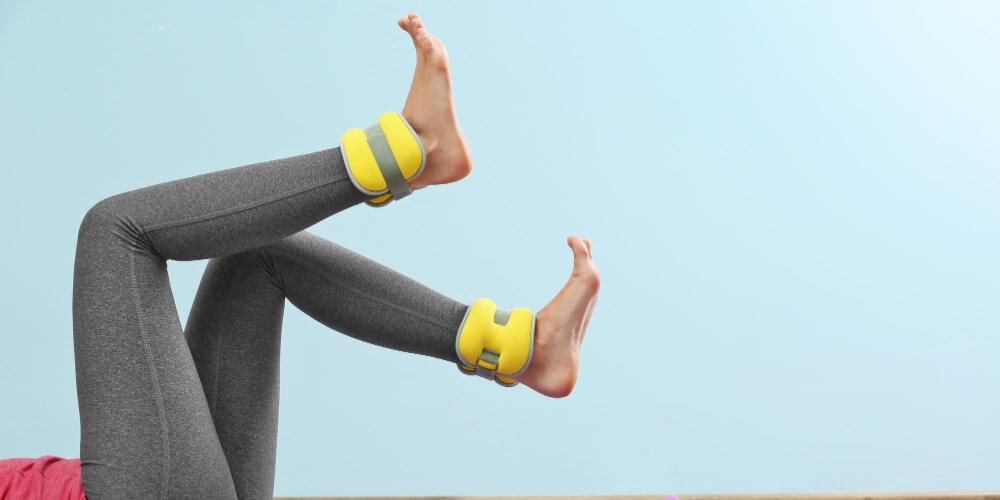
The decisive criteria for choosing weighted bracelets.
Before purchasing your weighted bracelets, it is important to carefully evaluate certain key criteria. These criteria ensure the comfort, durability and effectiveness of the equipment you choose for regular use.
Appropriate weight:
Whether you choose ankle or wrist weights, select a weight that suits your level and practice. It is best to start light and gradually increase the weight to avoid injury and compensatory movements.
Comfort & materials:
Choose breathable, durable fabrics (neoprene, polyamide, silicone) that limit irritation and ensure durability. If weighted bracelets are uncomfortable to wear, you will quickly stop using them, which is not the goal.
Fastening system:
Opt for wide Velcro or double straps that provide a secure and stable fit. During use, stable weights make them more comfortable to wear; conversely, bracelets that move or slip quickly become restrictive.
Size & fit:
A model adapted to your body type ensures even weight distribution, limits pressure points and improves comfort. Choose precise sizes and adjustments to keep the weight bracelets stable, effective and secure during exercise.
Design & discretion:
Depending on your goals, you may prefer discreet bracelets for everyday wear and use them as devices for exercising at the office, or more imposing ones for occasional sports use.
Care:
Choose weighted wristbands that are easy to clean, ideally machine washable or with interchangeable covers. Options vary depending on the model, but hygiene remains an essential criterion for regular use.
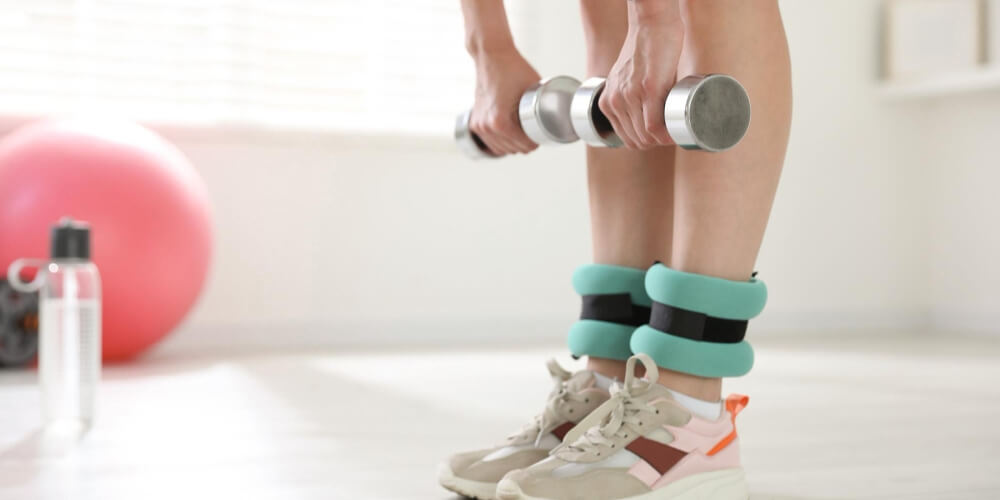
Common mistakes to avoid when purchasing your bracelets.
- Choosing weights that are too heavy from the outset: this increases the risk of injury and may prevent you from performing the movements correctly. Always prioritise quality.
- Buying a non-adjustable model: it may not fit your body shape properly, resulting in poor weight distribution and reducing the effectiveness of your workout.
- Neglecting comfort: poor-quality fabric or fragile Velcro can quickly render your gym accessory unusable.
- Being swayed solely by price: cheap but short-lived ankle or wrist weights often cost more in the long run and may disappoint you, especially if they are not used.
Budget and investment.
- Entry level: between €10 and €30, generally sand-filled bracelets suitable for occasional use.
- Mid-range: between €40 and €70, often lightweight metal ankle and wrist weights, stylish and suitable for regular sessions.
- Premium: between £100 and £130 per pair, such as heavy metal models (Weitna), offering superior quality and exceptional durability. These weighted bracelets can be worn continuously on a daily basis.
It is better to invest in a durable, comfortable model that is suited to your goals than to regularly buy low-quality products that you may not use.
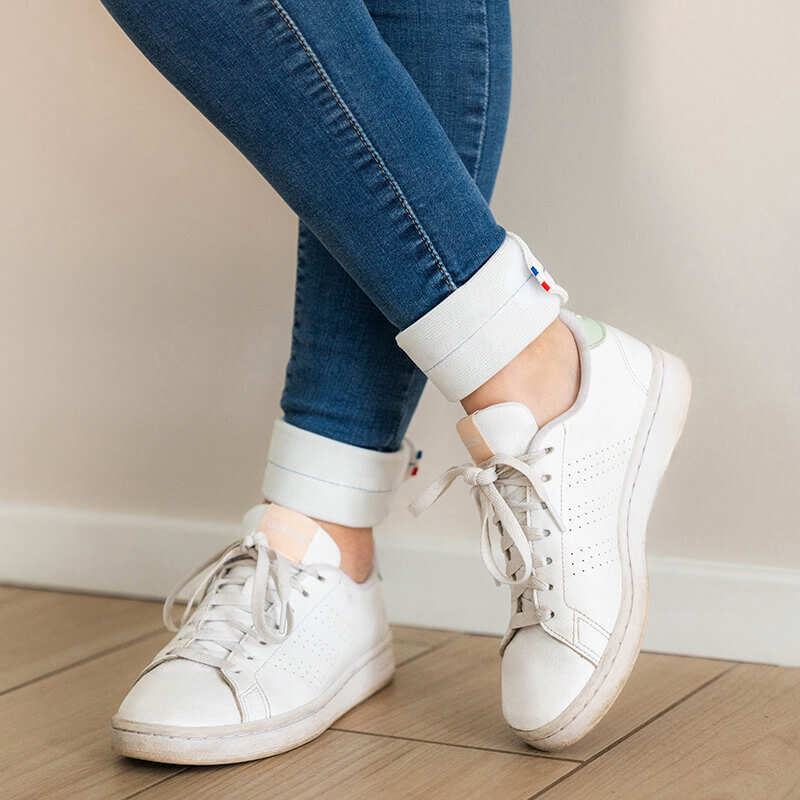
Where can you buy weighted bracelets with confidence?
In specialist sports shops:
- Advantages: you can try on the weighted bracelets straight away. You can test the fastening (Velcro), comfort and weight in store. Advice from sales staff and easy exchanges.
- Check: available sizes. Return policy. Guarantees on stitching and fastenings.
Online purchase:
- Advantages: wide choice of models available. Quick comparison between weights. Frequent promotions. Home or pick-up point delivery.
- Check: returns and refunds. Warranty period. Quality of after-sales service. Useful customer reviews.
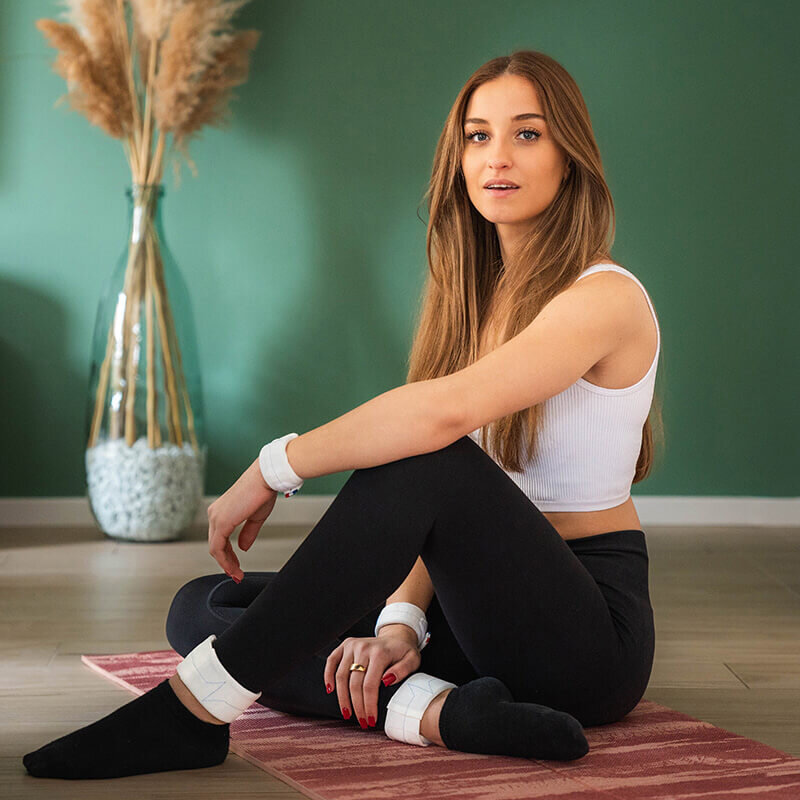
Conclusion.
The right weighted bracelets is the one that suits your needs: occasional use to intensify a workout or regular use to add a little resistance to your daily routine.
Remember the essentials: goals → criteria (weight, comfort, support, size) → budget. Prioritise gradual progression, comfort and durability.
Investing in quality weighted bracelets is an investment in your health.

Designed by a physio
Tested and perfected for your well-being

5-year warranty
A long-term investment

Monthly payment
Try first, pay later

Made in France
Patented in Europe, Sold worldwide

30 days free
100% satisfied or your money back





Share this content